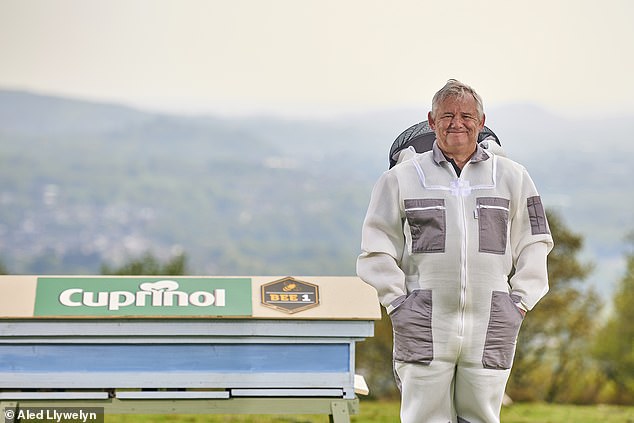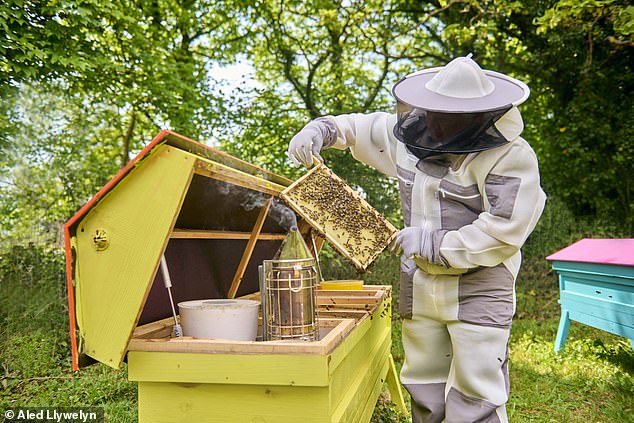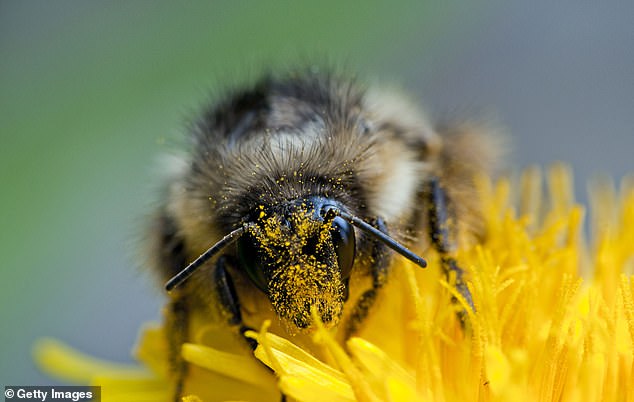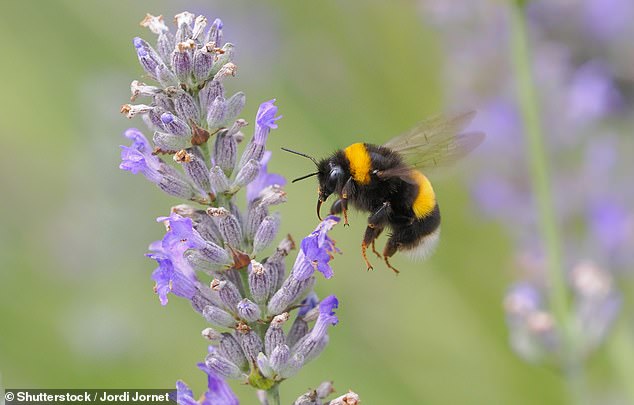Table of Contents
As we prepare our outdoor spaces for summer gatherings and cookouts, it’s important to keep in mind some essential garden guests: bees.
The impact of bees on our ecosystem extends far beyond pollinating our gardens: they contribute almost £700 million annually to the UK economy and perform 80 per cent of pollination, including a third of the food we eat.
However, in the past 24 years the UK has lost 13 species of bee and a further 35 species are under threat of extinction, according to exterior paint manufacturer Cuprinol.
In an effort to raise awareness about the importance of protecting pollinators, Cuprinol Garden Shades recently recruited resident beekeeper, Mark Douglas, in a combined effort to support Bee1, a pollinator protection initiative.
Mark shares the five crucial mistakes UK gardeners make that can be detrimental to bee populations – and what to do instead.
As we prepare our outdoor spaces for summer gatherings and cookouts, it’s important to keep in mind some essential garden guests: bees (stock image)

To raise awareness of the importance of protecting pollinators, Cuprinol Garden Shades recently recruited a resident beekeeper, Mark Douglas (pictured), in an effort to support Bee1
1. Mowing the lawn too often
Mark says: ‘Research has shown that mowing less frequently (for example, every two weeks) provides a prime landscape for a large population of bees, thanks to there being plenty of flowers on the lawn and shorter grass, allowing easier access to them.’
Dandelions, in particular, are a great source of nectar for bees, especially in urban areas.
Less lawn mowing is also less harmful to ground-dwelling bees, such as mining bees and leaf-cutter bees.
2. Opt for neutral paints
At Mark’s apiary in Wales, brightly coloured hives and bee or insect hotels have proven to be much more attractive to bees.
He explains: “They are easier to locate and wild bees are more likely to make their home there.”
Filling your garden with colorful flowers and using vibrant paints on sheds, fences, and flower beds can make your space more attractive to pollinators.
Bees perceive blues, greens and violets best, so Curpinol Garden Shades colours such as Beach Blue, Emerald Stone, Seagrass and Purple Pansy are ideal.

At Mark’s apiary in Wales, brightly coloured hives and bee or insect hotels have proven to be much more attractive to bees.

Dandelions, in particular, are a great source of nectar for bees, especially in urban areas. Less mowing of the lawn causes less disturbance to ground-dwelling bees.
3. Use of pesticides
Pesticides, especially neonicotinoids in agriculture, are harmful to pollinators despite their purpose of nourishing flowers, fruits and vegetables by protecting them from pests.
Mark advises: ‘There are several ways to deter pests without using harmful chemicals.
‘For example, lavender is a natural repellent for rats, while mint and citronella can scare away wasps.’
4. Believing that size matters
Mark insists that green-fingered enthusiasts don’t need large hives to provide a home for bees.
Bee and insect hotels, available for purchase or DIY, can open your garden to bees of all sizes.
Mark notes: ‘They provide a welcoming nesting space for pollinators and beautiful winter rest stops for solitary bees.’
He suggests painting these structures brightly, but warns to make sure any painting is done outside and is completely dry before the insects use it.
5. Planting without purpose
Bees and butterflies have lost 97 per cent of their natural habitat in the last 75 years, so recreating these habitats in our gardens is crucial.
“Certain flowers and plants are beneficial to all bees and pollinators, and weeds such as dandelions play an important role in the production of medicinal honey and act as nature’s wake-up call for bees in spring,” says Mark.
Bee1 has created a scientifically researched mix of wildflower meadows for bees, helping to contribute to Britain’s biodiversity.
By recreating these wildflower meadows, we can make an important contribution to Britain’s biodiversity.

